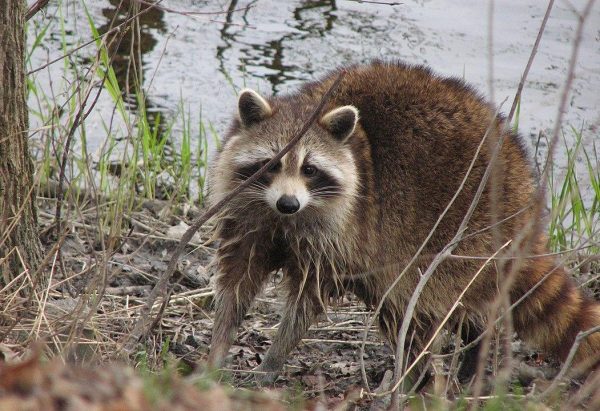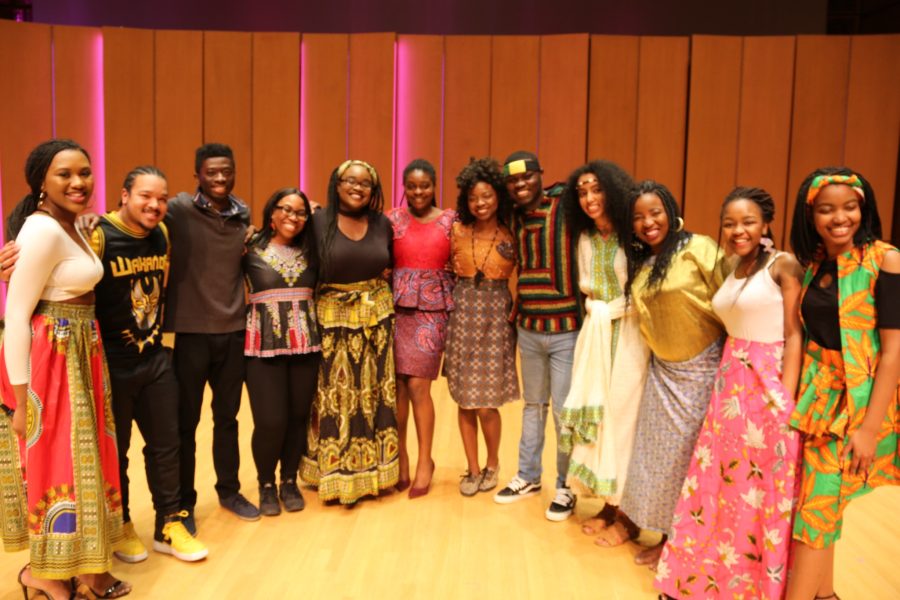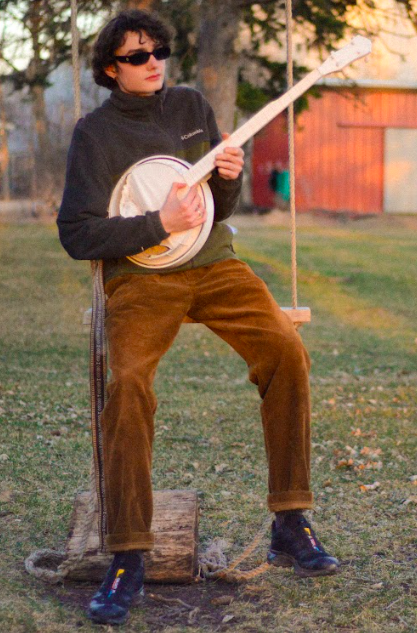
Ahhh, scavenging from garbage dumps, sunbathing in trees, no opposable thumbs and partially hibernating in the winter. If this were a human I was describing, you might be concerned. But fear not! This is the majestic Procyon lotor (common raccoon), abundant throughout the nation. I’m here to hopefully expand your mental schema of raccoons, beyond their association with trash. They may be one of the most adaptable species in the United States, both in diet and habitat. These critters will eat nearly everything, from insects and frogs to birds and pet food (University of Minnesota Natural Resources Research Institute). They’ve been spotted in forests, prairies, swamps and urban areas.
Many of their behaviors are surprisingly human-like. Raccoons have been observed washing their food before they eat it. In doing so, they gain sensory information to aid them in identifying what they’re about to eat (San Diego Zoo Wildlife Alliance). In fact, the lotor (species) part of their scientific Latin name means “the washer”! Raccoons aren’t as filthy as we make them out to be. Their native Powhatan name, “aroughcun,” loosely translates to “one who scratches with the hands” (Virginia State University).
Their characteristic shape and gait are due to their hind legs being longer than their front legs. Despite being slightly hunched over, they’re extremely dextrous and can open latches, doorknobs and jars. It’s no surprise that they have an International Union for Conservation of Nature rank of Least Concern! Despite their dexterity, they still have to keep an eye out for predators, such as coyotes and foxes (pbs.org). To evade these predators, raccoons can run up to 15 miles per hour, seek refuge in tall tree cavities and even swim. Next time you see a raccoon, see if you can observe any of these behaviors (and marvel at how ingenious they are)!











